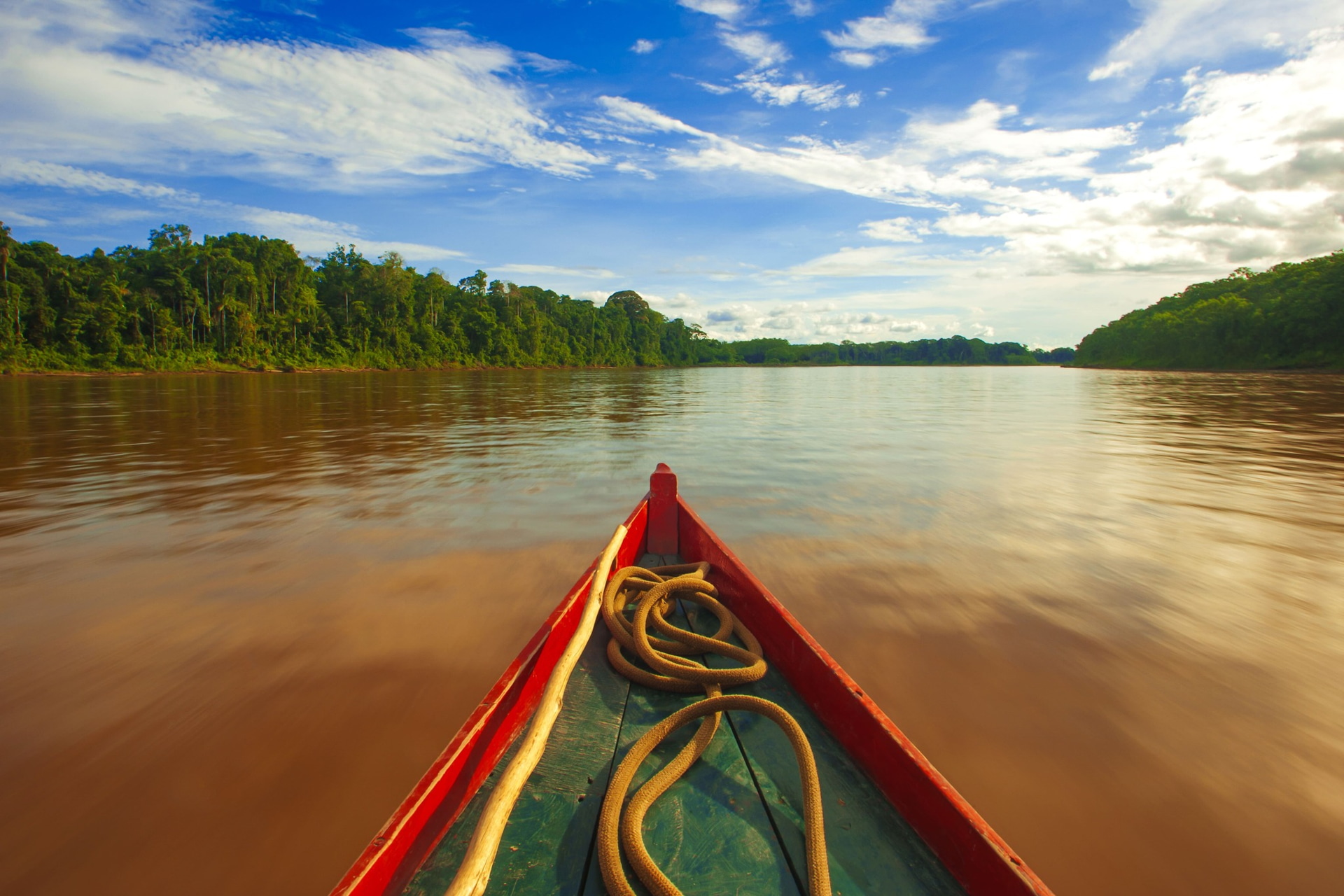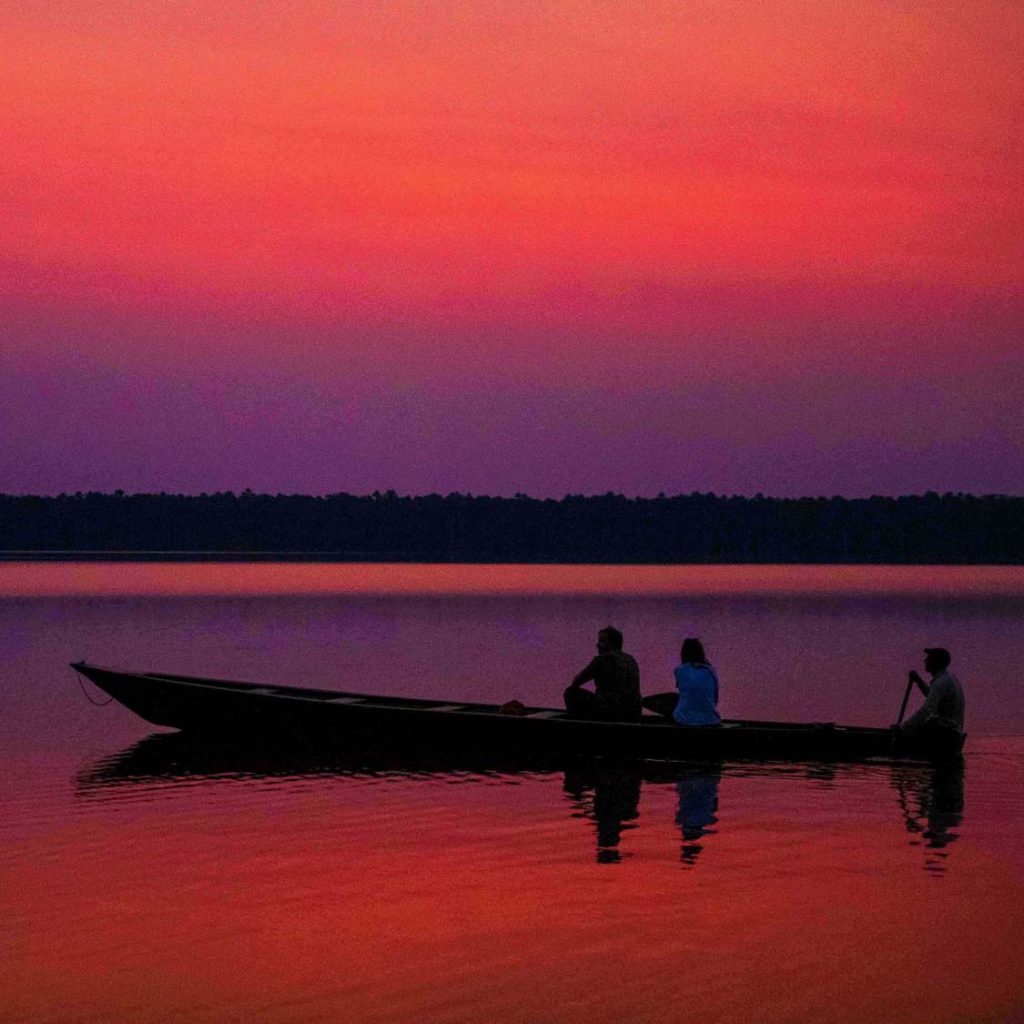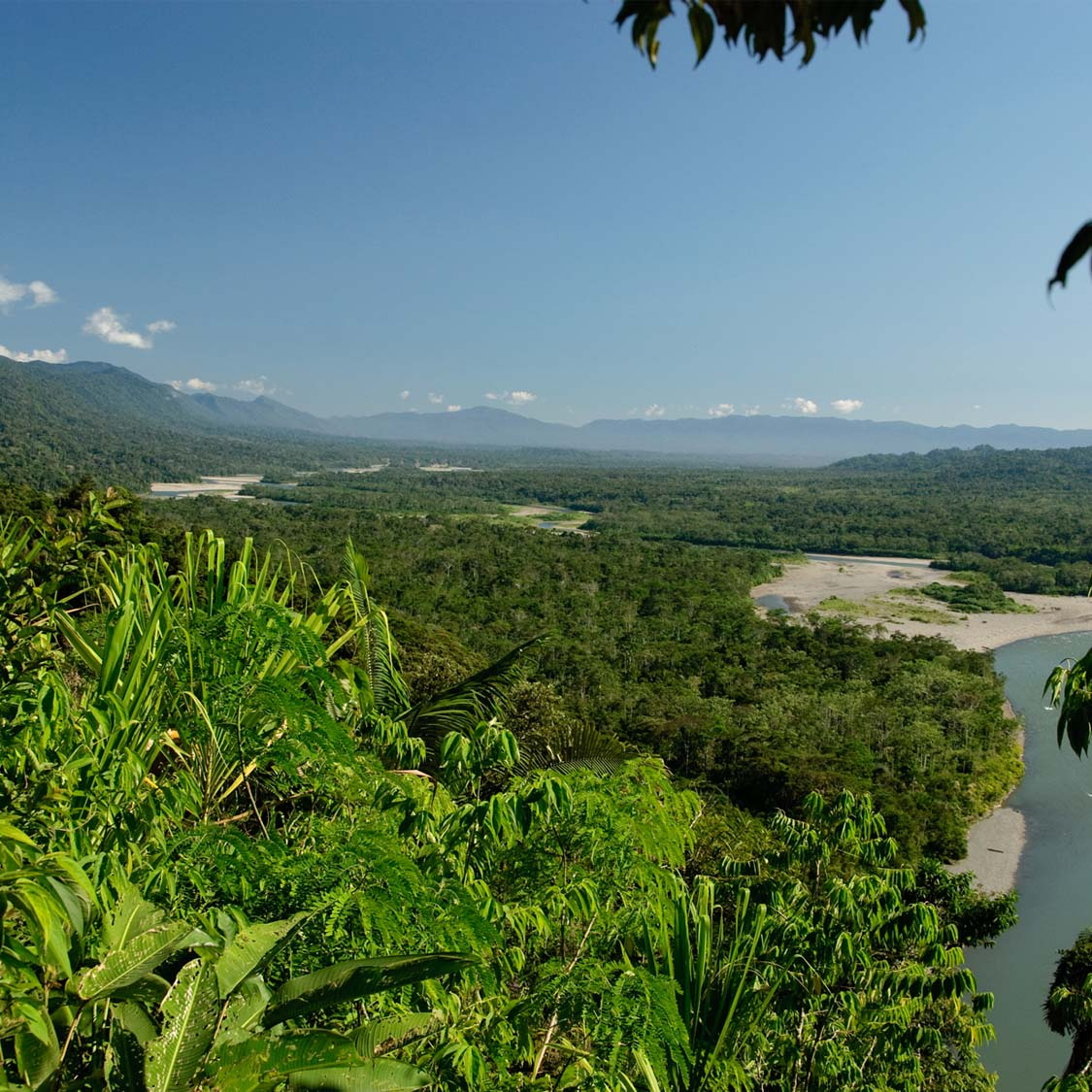
Everything you should know about Manu National Park, including history, guides, and information on the diverse activities and animals
Plan your trip
Join our excellent 3-day Manu Jungle Tours for the perfect insight into life in the Peruvian Amazon Rainforest. Feast your eyes on weird and wonderful creatures only found in this part of the Amazon. Our bilingual naturalist guide shares his knowledge about these species and answers all your questions. There are great species the National bird of Peru (the cock on the rocks), thousands of species of butterflies, Capuchin Monkeys and Wooly Monkeys, Capybaras, herons, and vultures.
Manu Peru dominates the vast majority of the Peruvian Amazon Rainforest. To make this 1.9 million-hectare National Park more accessible, authorities have divided it into three zones. Manu Cultural Zone, Biosphere Reserve or Reserved Zone, and Core Zone. Access to the core zone is restricted to scientists and researchers.
NOTE: The program involves several trips by bus and boat, and so given the uncontrollable forces of nature, the program may be subject to change at any time without notice.
USD
per personAdventure
3Days

Explore and discover the majestic nature of the
In the Madre De Dios region of Cusco is the Manu National Park, located in the South of Peru. The park stretches across the highlands of Andes, cloud forests and jungle plains. Manu features a number of ecosystems and has elevation as low as 150m and as high as 4200 above sea level. Visiting the Amazon Jungle is a lifelong dream for many, the Manu National Park provides that opportunity. The Manu River snakes its way through the lowland forests and eventually joins the mighty Madre de Dios River. Encounter many and different things like microclimates, the native people, flora and fauna among others.
There are a number of native tribes that occupy certain parts of Manu National Park. They have lived in isolation, mostly maintaining a nomadic hunter-gatherer culture. However, it is unfortunate that some of these communities are under threat because of diseases, violence from illegal miners (oil extractors) and loggers, as well as ecological devastations. Known tribes include The Yora, Mashco-Piro, Matsiguenka, Harakmbut and Yine.
The plant life in Manu is varied and spread out. If we had to name every species it would be impossibe. Instead, we shall offer a brief summary. Manu is really hard to explain so we recommend you see it in person, it is spectacular. There are over 162 families of different vegetation, 119 genera and 4385 identified species of plants and more than 1108 species of trees. The three different regions encourage the growth of the many plants found. The regions include the High Andean forests, cloud forest and lowland Amazon Forest.
Manu National Park forms part of the Amazon Jungle. So in terms of the animals, look forward to seeing many different types of animals, the park has it all. Whatever you find, it won’t disappoint. In the lowland forest expect some Jaguars, Giant Armadillo, Spider Monkeys and many others. The mountains have animals like the spectacled bear, Andean fox, mountain Guinea pigs among other species. The estimated number of different species stands at 155 Amphibians, 132 reptiles (including the green anaconda), 210 fish, 300 ants, 650 beetles, 136 dragonflies and 1300 butterflies. Interesting fact: The national bird of Peru is the Andean-Cock-of-the-Rock.
The weather in Manu National Park is typical rainforest weather. It’s plagued with heavy rains and showers during wet season which is between December and April. However, during dry season which is between May and November, there is only a scattering of rain showers. But the rain is not usually as intense and frequent as it is in wet season.
Wet season also brings cooler temperatures, although the difference in temperatures is not that significant. But when we put things in perspective, the temperature drop brings a welcome reprieve for the inhabitants of Manu National Park and its visitors. The average temperatures in dry season are around 36°C/ 97F in day and 18°C/64F at night, with humidity at times exceeding 70%. The average temperatures in wet season are around 30°C/ 86F in day and 14°C/57F at night. In short dry season is scotching hot, but with less rain and wet season is cooler, but is frequented by rain and drizzle. It is much more difficult to visit certain sections of the park because of possible landslides and road closers.
Sam Coroporations takes you on a number of Jungle tours to be explored departing from Cusco or Puerto Maldonaldo.
Visiting Peru’s Manu National Park is like going back to the origins of life on Earth. As one of the most biodiverse places on the planet, the Manu National Park in the Amazon is, in the most part, an unexplored paradise with indigenous cultures that haven’t made contact with modern civilization in the last 150 years. Check it our all of our Jungle packages and expore the Manu National Park with us.

4 Days & 3 Nights
Cusco
Uncover the amazon’s mysteries and legends on this great adventure, live this fascinating trip to the vast national park in the Amazon Basin which covers almost 20,000 sq km (12,427 sq mi) and is one of the best places in South America to see a stunning variety of tropical wildlife. Progressive in its emphasis on preservation, Unesco declared Manu a Biosphere Reserve in 1977 and a World Natural Heritage Site in 1987. Entry is only with guide and permit.
One reason the park is so successful in preserving such a large tract of virgin jungle and its wildlife is that it’s remote and relatively inaccessible to people, and therefore has not been exploited by rubber tappers, loggers, oil companies or hunters. The Manu national park is doubtless the world has one of the most pristine primary rain forest, this part of the jungle of Peru is home for many species of mammals, birds, reptiles, fish, insects, and home for many species of trees, orchids, ferns, etc. Likewise it includes several oxbow lakes, and clay licks where hundreds of birds including macaws feed on clay
ACTIVITIES: jungle adventure, Night Walks, Bird Watching, clay Therapy, Balsa Ride, macaw clay lick, amazon gastronomy , fishing sport, nature .
From
USDQuality
Contact our travel advisors to plan the most complete trip of your life.
Simplified ease of communication, text us on WhatsApp, email or call us.
Our guides are local and have vast knowledge in Peruvian culture and history.
100% local company. Development and environmental sustainability
Our groups never exceed 10 people, giving you an unforgettable experience
Discover an exceptional journey where perfection meets adventure.